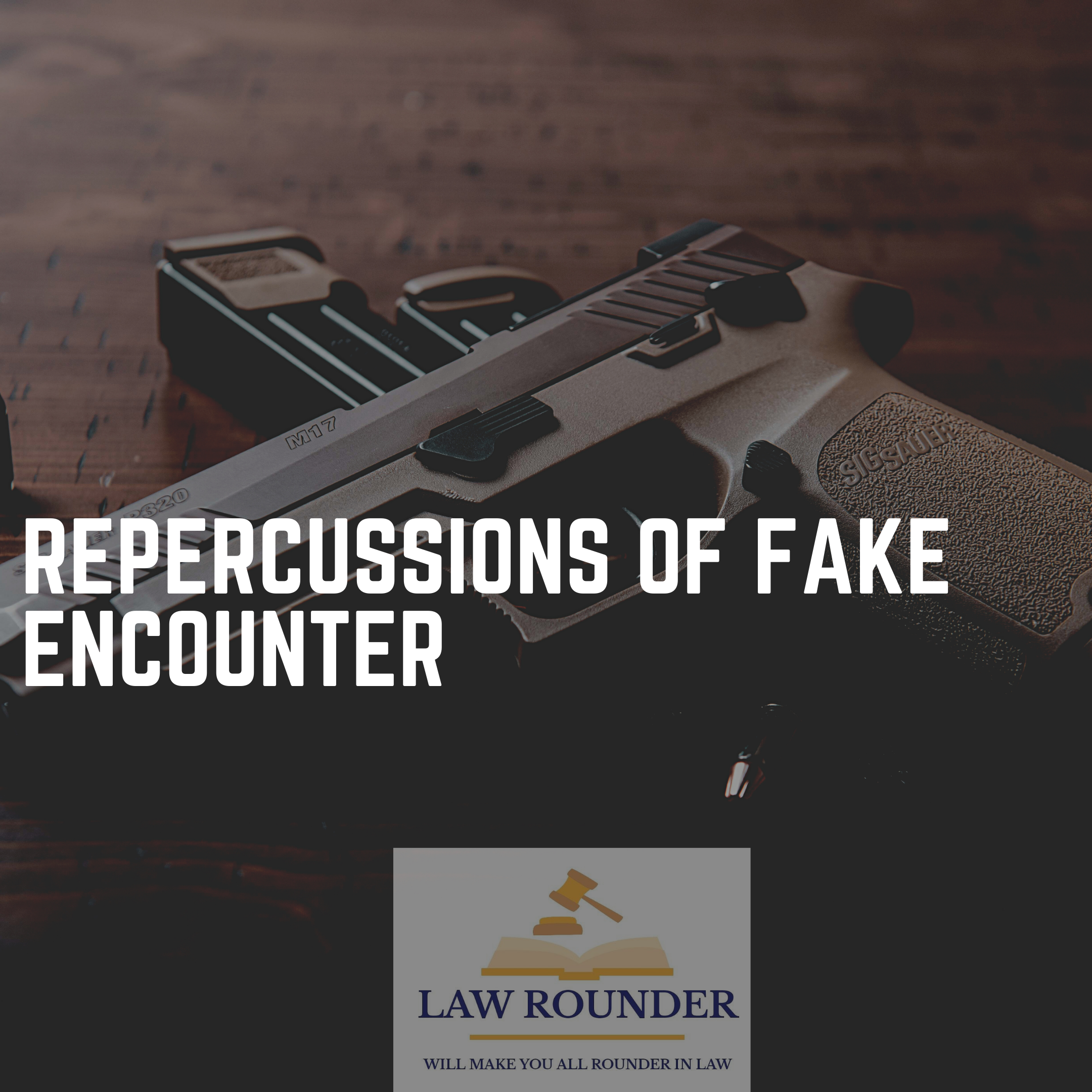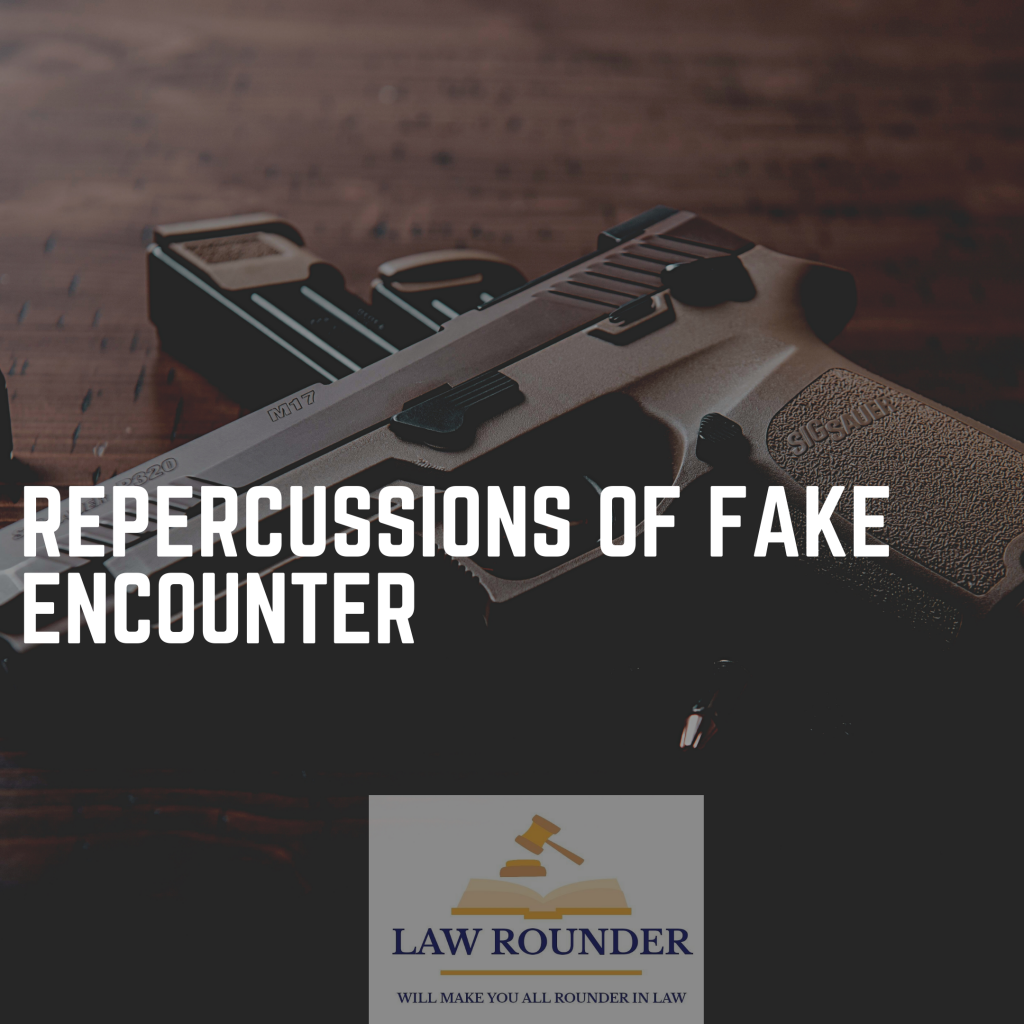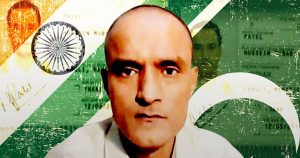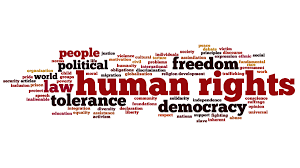

TABLE OF CONTENT
- Introduction
- Overseeing encounter lawsuits in India
- The Issue
- The Extra Juridical
- Encounter Specialists
- Legal Position
- Conclusion
INTRODUCTION
The police themselves are behaving like a detective, magistrate, and jury’, says a woman liberties activist on the authority encounter.
Fake ‘encounters’ are nothing but cold blooded, brutal murder by the persons who are supposed to uphold the law”. Encounter assassinating is a term borrowed in India and Pakistan since the late 20th century to characterize declared extrajudicial killings by the authority of the armed forces, apparently in self-defence, when they encounter suspected criminals or terrorists. In the 1990s and the mid-2000s, the Mumbai Police utilized encounter homicides to assault the city’s underworld and the relaxation sweep to other enormous villages. In Pakistan, the Sindh Police is infamous for extrajudicial killings through sham encounters, particularly in Karachi.
Synthetic encounters can be distinguished as the extrajudicial massacre of individuals who are usually in maintenance, by the policeman without pursuing the regulation of the constitution. It is organized in a seriously off, that it materializes to be a crossfire by the policemen. Encounters remember not to prevail new to India but in various lawsuits, the law of police prima facie happens suspiciously. As per an RTI petition filed with NHRC, it appeared in the glow that between 2000 to 2017, 1782 lawsuits of sham encounters were documented in India out of which the State of Uttar Pradesh gave rise to 794 (44.55%). Since 2017, a recent administration seized indictment in the State of Uttar Pradesh and the volume of encounters has glimpsed a tremendous explosion.
An incident seized a niche in the fast morning of July 10, 2020, where a hardcore criminal impeached in the current homicide of eight policemen in Kanpur on July 2, 2020, existed standing abducted to Kanpur from Ujjain by the Uttar Pradesh Special Task Force. On the path to Kanpur, an automobile holding up the accused is announced to remember lived fulfilled with a disaster wherein the accused strived to disappear away after grabbing the dynamo of the policemen. It is distant to announce that the policemen encircled him from all the aspects and petitioned him to relinquish but he blasted. In a counterassault, the policemen furthermore flamed in which the indicted got wounded. After living seized to the hospital, he was proclaimed deceased.
OVERSEEING ENCOUNTER LAWSUITS IN INDIA
- Sadiq Jamal Case, 2003
Gujrat Police shot deceased Sadiq Jamal, contending that they had obtained evidence that he lived scheming to assassinate Narendra Modi. His ahead immoral certificates merely encompassed confrontation and gambling. Deader, an inquiry existed administered by the CBI, wherein it was established that both the law and bureaucrats of the Intelligence Bureau fiddled parts in the impostor encounter.
- Ishrat Jahan Encounter Case, 2004
On June 15, 2004, a 19-year-old lady Ishrat Jahan, was murdered along with three fellows on the outskirts of Ahmedabad. It lived alleged by the police that they existed partners of Let (Lashkar-e-Taiba) and they occurred scheduling the massacre of then Chief Minister of Gujrat Narendra Modi.
Upon investigation, the SIT included by Gujarat High Court, organize the assault to be orchestrated. Later, the lawsuit was given to the CBI after existing substituted to the Supreme Court. CBI documented a tax sheet wherein it indicted officers of a staged meeting.
- Ram Narayan Gupta Case, 2006
An assistant to Chota Rajan, Ram Nara yan Gupta @Lakhan Bhaiya lived picked up from Vashi and lived slaughtered in a plausible directed encounter in Versova. Later in 2013, the Mumbai trials court sentenced 21 civilization, including 13 policemen, for the massacre of Ram Narayan Gupta.
- Rohtash Kumar v. the State of Haryana ((2013) 14 SCC 290)
In October 2008, the applicant’s son was slain in an apparent encounter. The applicant moved toward Punjab & Haryana High Court for registering of FIR against the dollars implicated, wherein the High Court opposed providing any extreme guidance. Later, the applicant moved toward the Supreme Court which announced that it was powerless to authorize any raw inquiry.
However, the apex court pointed out that two crucial techniques of the National Human Rights Commission were totally resisted by the authority. It distant examined the law of authority to be worried and the evidence of the occurrence to be inconsistent with the hypothesis of encounter.
IN INDIA
This term has appeared into prominent use in India since the late 20th century because of a relatively elevated commonness of encounter killings by police in extreme municipalities as Mumbai, Chennai, and Kolkata. Few of the manslaughters retain prevailed questionable, and analysts have alleged that the police established ‘fake encounters’ as opportunities to killing suspects.
According to the National Human Rights Commission (NHRC) of India, there occurred many prosecutions of alleged fake encounters:
2002–2008
440 cases. States with an increased number of prosecutions were: Uttar Pradesh (231), Rajasthan (33), Maharashtra (31), Delhi (26), Andhra Pradesh (22), and Uttarakhand (19).[3]
2009/10 – February 2013
555 cases. States with a huge number of lawsuits were: Uttar Pradesh (138), Manipur (62), Assam (52), West Bengal (35), and Jharkhand (30).
THE ISSUE
In the state of Uttar Pradesh in India, since 2017, police bureaucrats are contended to have transmitted 59 extrajudicial killings. A committee comprising of four United Nations independent professionals on human rights was constructed to enquire about the problem. Lawsuits from March 2017 were assessed by Special Rapporteurs and according to their report- in addition to fake/staged meetings there have occurred examples of the danger to family partners and the human right defenders. The problem increases multi-fold when the high indexing government administration and police bureaucrats explain or penalty such homicides.
EXTRA JUDICIAL KILLING
Unfortunately, extrajudicial killing is not a current case in India. Authority has borrowed it in the yore to suppress mutinies extremely as in the governments of Bengal in the 1960s, and in Punjab in the 1980s. Vastly previously, several of these massacres compare to national security offenses including terrorism, in provinces of Kashmir and Manipur, and in some neighbourhoods of Central India which are energetically in dispute.
ENCOUNTER SPECIALIST
Surprisingly, Police officials with extremely momentous allegations against them are often termed “encounter specialist”, and unfavourable from granting medals are also furnished with monetary earnings. It can be inferred that rather than being litigated and punished, these murders of honourable civilization by police officials is funded by our very organizations.
LEGAL POSITION
Under Indian law, while the police administrators are approved with crime investigation and law enforcement, no requirement furnishes for a penalty by them – as it is the jurisdiction of the judiciary. In fact, the constitution expressly restricts the confinement of suspects in police supervision for more than 24 hours.
Police do not give birth to any privilege to appropriate the life of an individual who is under their possession. The legal penalty for killing an individual is only furnished in “the rarest of rare cases” and that to “in agreement with the method organized by law” as per Article 21 of the Indian Constitution.
On authorization of the magistrate- law enforcement mechanisms can take the security while using the fewest force to scatter a mob or illicit assembly; even when open blasting they should not intend for at nation to assassinate. Section 100 and 300 of the Indian Penal Code authorize self-defence to police personnel and the desire for self-defence is to be verified and substantiated in a court of law.
Despite no speculative legal position delivering for extrajudicial killing, in process, police bureaucrats in India have existed consented impunity. They can kill and accept themselves by contending self-defence and not register any complaint. This impunity plops the real civilization at hazard.
CONCLUSION
Exercise of sovereignty requires to be within the law of doctrine. Fake encounters are zero better than a hoax of the law of the constitution. It influences the government of the unlawful magistrate procedure and the credibility of the rule of law. In a sophisticated nation, orchestrated rivalries can never be an opportunity for the procedure of confidence through prosecution. Three different departments
the legislature, executive, and judiciary have stood given rise to for numerous goals. If the policemen commence accomplishing the endeavour of the judiciary, again there is no desire for an independent court.
Our criminal justice structure and police require to go through the main modifications. Rapid examination for somebody condemned of considerable violations is the necessity of the hour. The nation is forfeiting its maximum morality in the judiciary unpaid to numerous justifications like years and years seized in the confidence of an indicted. Actually, in several lawsuits, the accused deals exonerated outstanding to many reasons like the inappropriate inquiry of the fraction of policemen, scarcity of bystanders, etc.
by- Babita Rawat. 3rd year Asian Law College,Noida




Your work is commendable and you have done nice research on this topic.
Keep it up!!
Thankyou so much for the feedback.